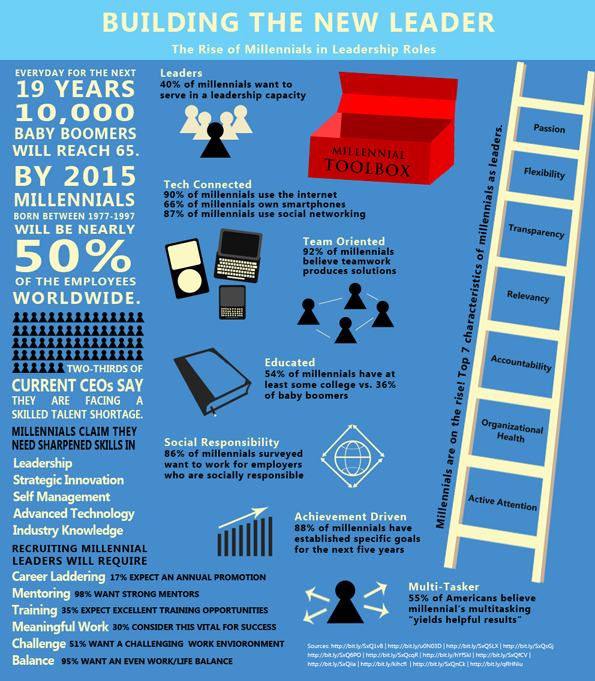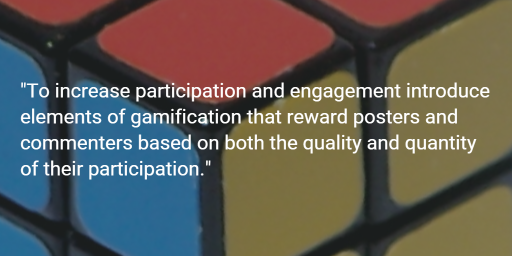Social Learning is an attempt to take discoveries in neuroscience and adapt them into formalised professional development. The science behind Social Learning focuses on the ability for social communities to learn and adapt by working together; more specifically it focuses on the capacity for groups to come together to rephrase or redefine a problem, and then crowdsource solutions and processes that will lead to group development, whether that be to increase knowledge or skills, or to adapt to new visions or values. The achievement of best practice means pursuing collaboration, peer-to-peer learning, discussion, and the creation of self-sustaining knowledge networks; the implementation of which into formalised CPD is long overdue.
The rise of the internet and social media has meant that instead of a didactic, trainer led environment, most people seek out their own knowledge and skills development when they require it, and when they can’t find it themselves, they crowdsource, naturally utilising the ideals of Social Learning. So has Social Learning already taken over from face-to-face training? Those in the know say of course not – most L&D budgets still overwhelmingly go into the 10 in the 70:20:10 model, but many believe the professional development industry is on the cusp of major changes. After all, where the money goes, the professionals follow, and research continually suggest that focusing on alternatives to face-to-face promises greater retention, higher levels of engagement and a more profitable ROI.
So where does this leave the integration of Social Learning in a changing industry? Organisations that utilise the 70:20:10 model should be strongly embracing Social Learning as a way of boosting their 20% ratio of peer-to-peer learning and mentoring; if employees are going to learn ‘on the job’ and while they are working, then expanding the available resources in this area makes sense. From an engagement standpoint alone it promises much: Social Learning allows veteran or high level employees to impart their knowledge and experience to new staff and those looking to develop and progress in their careers, while also encouraging staff to become the masters of their own development destiny by picking and choosing which topics to bring to the table.
Speaking of those looking to progress in their careers, many industry professionals are looking to cater to the ever-growing Millennial and Post-Millennial generation percentages in the mix of their five generations in one workforce. The notion of Social in Social Learning is causing eyes to light up with glee – everyone knows that Millennials live on Social Media, so this must be the key to engage the youth of today in CPD. However, the problem with this ‘One Size Fits A Generation’ attitude is that Millennials are socially savvy – pay lip service and you’ll never get buy in or engagement. Unless you are doing it right, your attempt at Social Learning will sound like a lone cricket.

Millennials are savvy and passionate: harnessing their power for Social Learning means listening to what they want and allowing them buy-in
So how do you actually find a way to make social learning work for your organisation and lead to employee buy-in? Successful Social Learning requires you to facilitate, not dictate. There are three great ways to get started when encouraging these organic networks to grow in your organisation:
1. Breakfast meet and greets, networking activities, mentoring meet-ups and events. The best way to get people to make contact with each other is to get them in a room together and have them either focus on one topic delivered by a staff member (instead of the learning and development team), or focus on networking: meeting each other and making connections. If you want to expand social learning, encourage your staff to see themselves as experts who have valuable information and skills to impart; have them do a five or ten minute presentation followed by questions, comments and discussions from attendees. The idea behind this is to get people talking, help them learn who their colleagues are and what exactly they do, and encourage people to continue the conversation once they are out of the room.
2. Implement business focused social learning technology. The technology already exists: professional social media platforms, such as Hoop.la, SproutSocial and Yammer, among numerous others, are already in widespread use and allow companies to bring their groups and divisions online to communicate in a secure environment. The difficult part here is getting employees to use these networks in an engaged and productive way; just having access to the ‘next big thing’ doesn’t mean it will automatically work for you. No company wants an internal social network littered with either criticisms from disgruntled workers, NSFW content or time consuming discussions on peripheral or non-work related subjects.
The best ways to keep employee social networks work appropriate is to moderate them, have a platform with the capability to ‘upvote’ and comment to encourage staff to highlight the content they find valuable, which in turn will encourage participants to post similarly useful content, and ensure you have an online chat feature which allow groups of people to work together inclusively. To increase participation and engagement introduce elements of gamification that reward posters and commenters based on both the quality and quantity of their participation. Other useful elements could include Wikis and evolving process documents, which will allow your staff to continually learn, revise and enhance the way you do business, encouraging staff to bring their ideas on how to make moving towards achieving your business strategy a daily pursuit.
3. Integrate the first two points into your formal training plan. Planning to get everyone into a room together for some formal training? Put something on the social media platform the week before to allow staff to discuss and collaborate on what they want to get out of the training. Need to reinforce a development objective or communicate how the business strategy should be being implemented in every day work? Make it a topic at the next breakfast meet and greet, and add it as a discussion topic to get people commenting online. Want to find out if people are implementing what they learned in their session into their daily tasks? Put a survey online and then let staff discuss the results and come up with ideas on how they can do it better.
Social Learning can offer your organisation numerous cost-effective advantages, and its role in formalised CPD has already gained traction and is showing positive results in large companies like Virgin and IBM (1). It’s success, however, is not guaranteed; it requires buy-in from not only management for the initial set up and investment, but depends upon the efforts of a workforce that is willing to be engaged, and looking to expand their career development channels.
(1) http://c4lpt.co.uk/social-learning-handbook/social-learning-examples-in-the-workplace/
Has your organisation utilised Social Learning? What elements of Social Learning have been successful?





















Pingback: Infographic: Millennials and Social Learning | LearningYourDevelopment
Pingback: Why 70:20:10 is Failing | LearningYourDevelopment
Pingback: L&D and the Crisis of Credibility: 5 Core Reasons Behind Our Lack of Perceived Legitimacy | LearningYourDevelopment
Pingback: Mind the Gap: 4 Steps to Bridging the Skills Gap in Learning and Development Teams | LearningYourDevelopment
Pingback: Benchmarking Shows Leadership Development Programmes Aren’t Producing Great Leaders, but They Can | LearningYourDevelopment
Pingback: The Top Five Ways to Gamify Without The Huge Price-Tag | LearningYourDevelopment